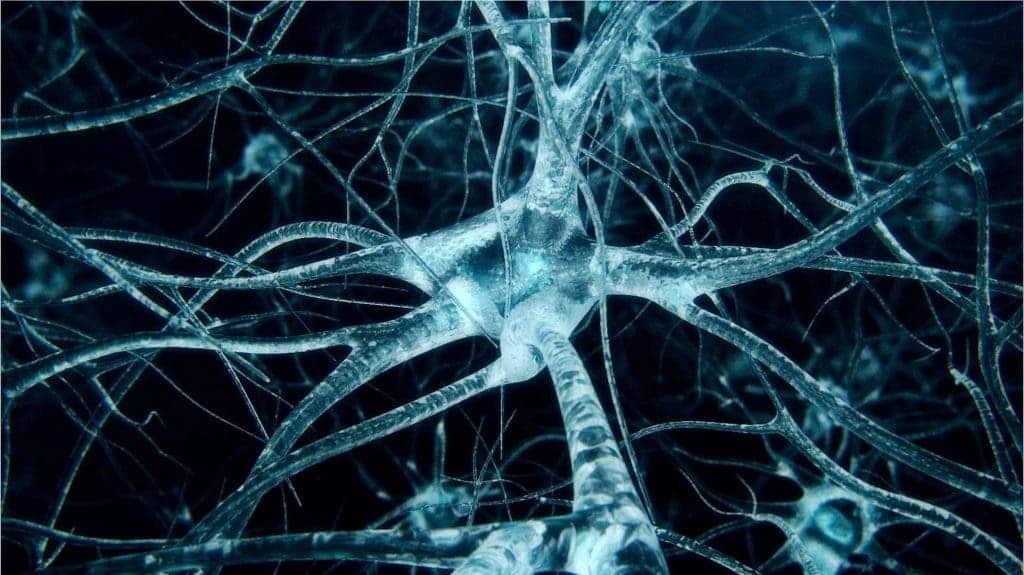The human brain is one of the biggest and most intriguing mysteries scientists are tackling. It’s an incredibly active, bustling place that keeps us going and effectively makes us the people we are. There are about 100 billion neurons processing and transmitting information through electrical and chemical signals and to make things even more complicated, each of these neurons has about 10,000 different connections to neighboring brain cells. Needless to say, mapping and understanding all these neurons and connections is a gargantuan task – that’s why computer scientists and biologists from Carnegie Mellon University in the US have created an open-access database indexing all the known physiological information about neurons.

Basically, they’ve developed a wiki-like system called NeuroElectro (website here).
“The goal of the NeuroElectro Project is to extract information about the electrophysiological properties (e.g. resting membrane potentials and membrane time constants) of diverse neuron types from the existing literature and place it into a centralized database”.
I took a look at the website, and I have to say, it’s a fantastic achievement. The design is pleasant, information is easy to access (if you know what you’re looking for), and speaking of information – there’s a LOT of it. The roughly 300 types of neurons are arranged, discussed and presented in an almost exhaustive fashion.
The database was created by computational neuroscientist, Shreejoy J. Tripathy, from the University of British Columbia in Canada, who analyzed almost 10,000 published papers describing how neurons react to various inputs. He then used text-mining algorithms to ‘read’ each of the papers, retrieving information on how they function, how they respond, and how the data was gathered. The work isn’t finished, and until now, he “only” managed to characterize 100 types of neurons; the algorithms he used are also not perfect, so he had to complement it with a lot of manual checking and validation.
“If we want to think about building a brain or re-engineering the brain, we need to know what parts we’re working with,” said Nathan Urban, director of the Carnegie Mellon’s BrainHub neuroscience initiative, in a press release.
“We know a lot about neurons in some areas of the brain, but very little about neurons in others. To accelerate our understanding… we need to be able to easily determine whether what we already know about some neurons can be applied to others we know less about.”
The database, as well as the techniques used to create it (and future plans for improvement) are described in the Journal of Neurophysiology. It’s a great achievement, and a great tool for many researchers working in the field.
“It’s a dynamic environment in which people can collect, refine and add data,” Urban said of the NeuroElecto database. “It will be a useful resource to people doing neuroscience research all over the world.“
Via Science Alert.
Was this helpful?



